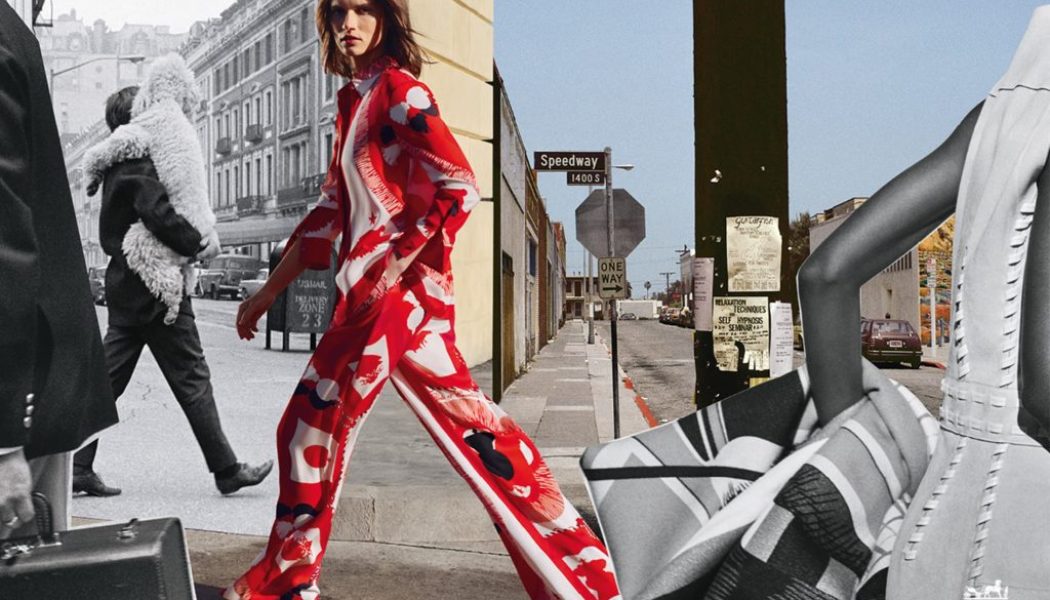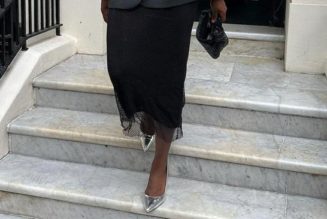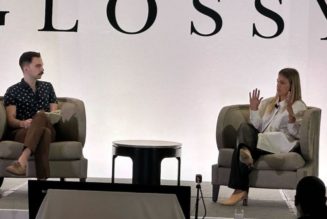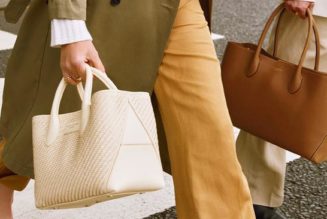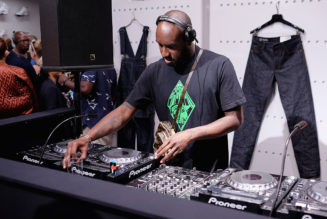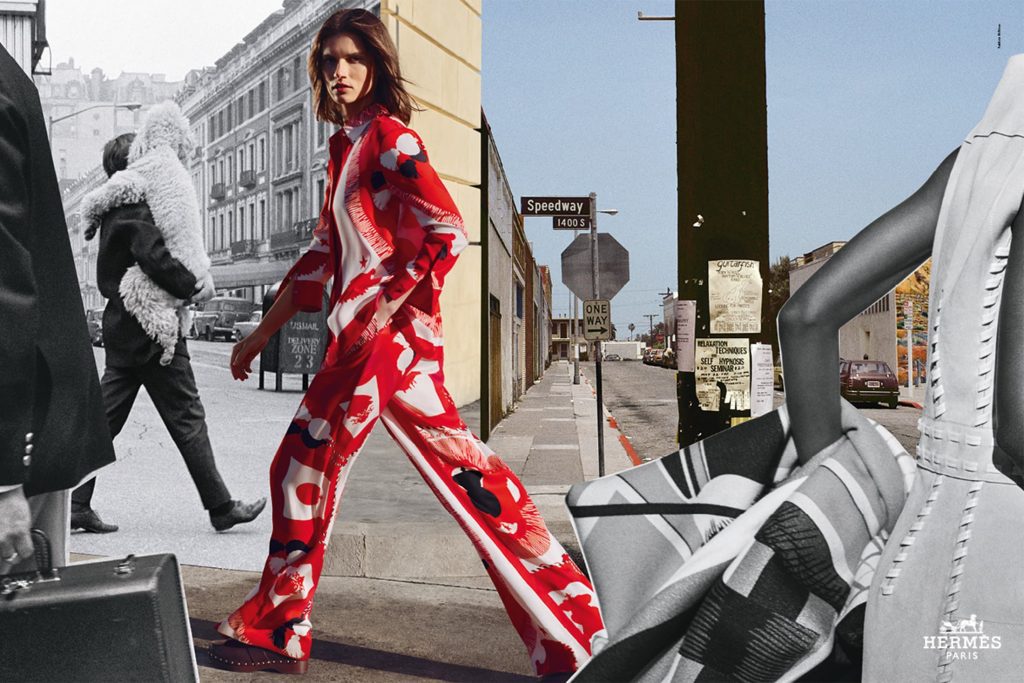
How does a company sell to the richest of the rich? Much has been made of this question as of late, as luxury brands, faced with a turbulent economic environment, continue to up the ante for their most loyal consumers by giving them access to exclusive shopping sites (Gucci and Chanel, for example, have been opening private salons stocked only with their most upscale offerings), lavish trips, and a steady supply of gifts. But beyond these well-known perks, there is another – often quieter – way that at least some luxury goods brands cater to their highest-spending shoppers: They give these prized consumers access to products that are often entirely off-the-table for everyone else.
This is precisely the practice that has landed Hermès at the center of a newly-filed antitrust complaint, in which it is being accused of intentionally – and illegally – limiting access to its most coveted offering, its Birkin bags. The lawsuit that was waged against Hermès in a California federal court last month is a striking one because it lifts the curtain on a long-standing practice that (allegedly) sees the French luxury goods company limit the accessibility of its hardest-to-get handbags to individuals that have established substantial purchase histories in its stores. In other words, the accessibility of Birkin bags (and Kelly bags, too) is limited to individuals that have already spent sizable sums on “ancillary” Hermès products, such as scarves, shoes, belts, jewelry, and homewares.
In their lawsuit, Plaintiffs Tina Cavalleri and Mark Glinoga argue that the elaborate Birkin-centric scheme carried out by Hermès with the help of its sales associates amounts to more than a company merely rewarding its most loyal clients. Instead, they argue that the Birkin allotment system is more accurately characterized as monopolization, restraint of trade, and unfair competition.
The Pervasiveness of Product Tying
Any impending developments in the case against Hermès will be closely watched by its luxury peers because Hermès is far from the only entity in the luxury segment to allegedly predicate the sale of its more exclusive goods on consumers’ earlier acquisition of more entry-level products. Ferrari is a frequently cited example of a company that conditions the sale of certain models on whether consumers have established a “relationship” with it (i.e., whether they already own other Ferrari models that they have purchased directly from Ferrari, as distinct from procuring them in the secondary market).
The theme that underlies the supposed mandate that consumers enjoy an existing relationship with Ferrari in order to get access to limited products is also somewhat common in the luxury watch market, where certain models are particularly time-consuming to produce (and supply is likely further limited to boost scarcity specs), making it so that these timepieces are far outnumbered by the number of buyers across the globe who are eager to get their hands on them. As such, some luxury brands have taken to either conditioning the sale of these in-demand watches on clients maintaining robust purchasing patterns or awarding these watches to individuals that have shown the highest levels of support for the company. The slight variation in characterization here depends on who you ask.
While high-end watchmakers have denied that they such a system in place, sales associates from more than one company have said that they tend to favor their most loyal customers when it comes to finding buyers for their rarest offerings. A sales associate for one luxury watch company (speaking anonymously) told TFL that the company lacks a formal or uniformly-applied rule that requires that consumers purchase a certain number of watches or that they spend a fixed amount of money on certain watches in a calendar year before they are given access to more coveted models. However, an individual’s purchase history is almost certainly not irrelevant, as another sales associate said that if a particularly hard-to-get model becomes available, he is most likely to offer it to an individual that has spent a lot of money with him.
Not only do the workings of these systems vary by brand, they may also vary by the product, with the demands becoming more rigorous depending on the scarcity of the “tied” product. One need not look further than a lawsuit lodged against Ferrari several years ago to see that the terms placed on consumers when it comes to certain models, such as the LaFerrari Aperta, are (allegedly) far more demanding than they are for others.
In the complaint that he filed against Ferrari back in 2016, super-collector Preston Henn accused the Italian automaker of defamation after it refused him access to one of the 200 LaFerrari Apertas released that year and published the “untrue” statement that Henn was “not qualified to purchase” the car. Thanks to his ownership of nearly twenty different Ferraris (including a coveted Enzo) over several decades, Henn argued that he is “the most qualified, or at least among the 10 most qualified persons in the U.S. with regard to the standards that Ferrari has historically used to determine who would have ‘the privilege’ of purchasing unique Ferrari automobiles.” (The case was dismissed shortly after it was filed.)
Ultimately, the specifics of the systems that companies have in place – either formally or otherwise – to help them determine who gets their most sought-after luxury offerings can be difficult to discern because brands uniformly refuse to explicitly share such information. However, at their core, these “schemes” appear to be the same: In order to have access to certain models (whether they be watches, cars, or handbags), an individual needs to build up a purchase history with the brand and with it, a relationship with a sales associate at one of the brand’s stores and/or one of its authorized distributors.
Unlawful Tying or a Reward for the 0.0001 Percent?
Does this potentially prevalent exercise in the luxury segment amount to unlawful tying or is it a legally-above-board way for companies to reward – or give special treatment to – their most loyal consumers? The answer will depend on the intricacies of each scenario, but one thing that is clear is that not all instances of tying are illegal. Traditionally, situations that will be deemed to be illegal involve: (1) two separate products or services are involved; (2) the sale or agreement to sell one product or service is conditioned on the purchase of another; (3) the seller has sufficient economic power in the market for the tying product to enable it to restrain trade in the market for the tied product; and (4) a “not insubstantial” amount of interstate commerce in the tied product is affected.
Delving in here, the Federal Trade Commission (“FTC”) has stated that tying becomes as issue from a legal standpoint when a “monopolist” uses “forced buying or ‘tie-in’ sales” to generate sales for “less desirable” products. According to the consumer protection agency, this type of tying “may limit consumer choice for buyers wanting to purchase one product by forcing them to also buy a second product, as well.” As for the “tied” product (or products), this is typically “a less desirable one that the buyer might not purchase unless required to do so or may prefer to get from a different seller.”
Against this background, the question really becomes whether these alleged allocation methods are a way for companies to bolster sales of otherwise “less desirable” products or a way to cater to the prized 0.0001 percent? Again, the answer will depend – but it is worth pondering whether there are arguments to be made that people do not want entry-level Ferraris or certain (more accessible) Rolex watches or things like Hermès blankets (or would otherwise buy those products from other companies), thereby, enabling these products to be characterized as less desirable and capable of serving as “tying” goods.
This argument seems like it could be an uphill battle for plaintiffs to make, in part because the products at issue are widely understood to be desirable in their own right. At the same time, it is also worth noting (as any potential defendants likely would) that brands like Ferrari and Rolex, for example, maintain booming businesses for their most accessible offerings – in many cases, such sales occur without individuals looking to “play the game” to get the access more exclusive products from the companies, which could further chip away at arguments that these products need to be tied to others in order to sell in a meaningful manner.
And unless plaintiffs (or regulators) can establish that the companies at issue have the requisite economic power in the market and that they are, in fact, systemically conditioning the sale of specific products on those of other goods, the likes of Hermès and co. seem like they will be operating well within the bounds of the law by “rewarding” their top clients with the regular perks, as well as some of the increasingly more controversial ones, as well.
